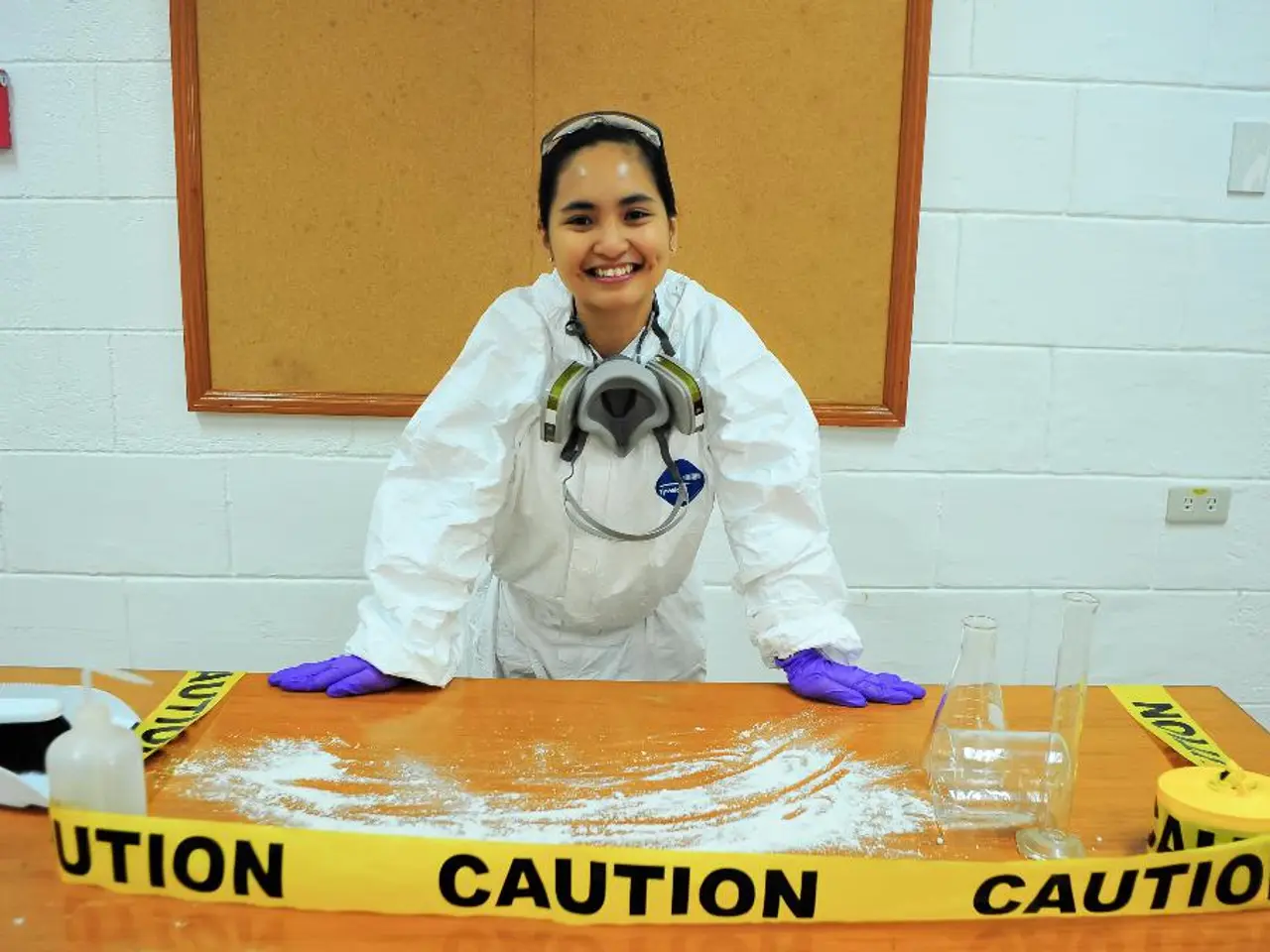Winter Flu Prevention, Detection, and Care Strategies
In the realm of infectious diseases, two ailments often cause confusion - influenza, commonly known as the flu, and flu-like infections such as the common cold. While both share some similarities, they differ significantly in symptoms, illness course, and preventive measures.
Symptoms:
The flu typically has a sudden onset with more intense symptoms. High fever and chills, severe body and muscle aches, fatigue and exhaustion, headache, sore throat, cough (often dry and persistent), runny or stuffy nose, and sometimes upset stomach, vomiting, or diarrhea (more common in children) are common indicators. In contrast, flu-like infections such as the common cold tend to develop more gradually with milder symptoms.
Course of Illness:
The flu often hits abruptly and lasts about 5 days for the worst symptoms, though coughing can persist for 2–3 weeks. The flu generally causes greater disruption to daily activities and requires more rest. Flu-like infections, on the other hand, develop slowly, usually milder, and resolve quicker without severe fatigue or high fever. Complications such as pneumonia can occur secondary to flu but are less common with flu-like infections.
Preventive Measures:
Vaccination is the most effective way to prevent influenza and reduce severity if infected. Annual flu vaccines are recommended, particularly against dangerous A-types. No vaccine exists for the common cold due to many virus types. Hygiene practices such as frequent handwashing, respiratory etiquette (covering coughs/sneezes), and avoiding close contact with sick individuals help prevent both flu and flu-like infections.
| Aspect | Influenza (Flu) | Flu-like Infections (Common Cold, etc.) | |-----------------|---------------------------------|------------------------------------------------------------| | Onset | Abrupt, rapid | Gradual, slow | | Fever | High fever common | Rare or mild fever | | Body aches/fatigue | Severe | Mild or absent | | Cough type | Persistent, dry | Mild, often productive | | Duration | ~5 days severe, cough longer | Usually less than a week, milder symptoms | | Vaccination | Available and recommended | No vaccine available | | Severity | More likely to disrupt daily life | Usually mild, less disruptive |
In summary, influenza is more severe with quicker onset and systemic symptoms, requiring vaccination and vigilant prevention, whereas flu-like infections are milder, gradual, and less likely to cause serious illness. It is essential to understand these differences to take appropriate precautions and seek medical attention when necessary.
[1] Centers for Disease Control and Prevention. (2021). Key Facts about Influenza (Flu). Retrieved from https://www.cdc.gov/flu/about/keyfacts.htm [2] National Health Service. (2021). Flu Vaccine: When to Get Vaccinated. Retrieved from https://www.nhs.uk/conditions/flu-vaccination/ [3] World Health Organization. (2020). Common Questions about Influenza (Flu). Retrieved from https://www.who.int/news-room/q-a-detail/common-questions-about-influenza-(flu)--ask-who [4] Mayo Clinic. (2021). Influenza (Flu). Retrieved from https://www.mayoclinic.org/diseases-conditions/flu/symptoms-causes/syc-20371067 [5] National Health Service. (2021). Common Cold. Retrieved from https://www.nhs.uk/conditions/common-cold/
- Prioritizing workplace-wellness and health-and-wellness programs can help employees identify and manage their risks, providing a more restful sleep environment that aids mental health, fostering fitness-and-exercise routines, and offering nutrition education to boost overall immunity.
- Therapies-and-treatments such as stress management and relaxation techniques can help improve mental health, while skin-care regimens that address factors like hydration and nutrition can be beneficial for maintaining overall physical wellbeing.
- Although vaccination is essential in preventing influenza, it's equally important to focus on personal hygiene practices such as hand washing and respiratory etiquette to guard against both influenza and other flu-like infections.
- When dealing with severe symptoms like those of influenza, early recognition is crucial for seeking proper medical attention to ensure prompt treatment, prevent complications, and minimize the impact on daily life and work.
- In contrast, when dealing with milder flu-like illnesses, it's recommended to rely on self-care strategies like rest, fluid intake, and over-the-counter medicines to alleviate symptoms, prioritizing a return to normal activities once appropriate.




